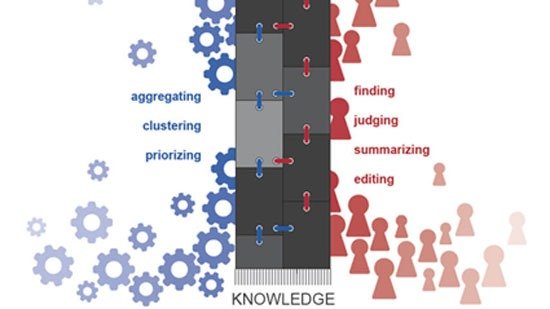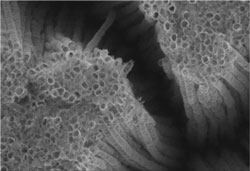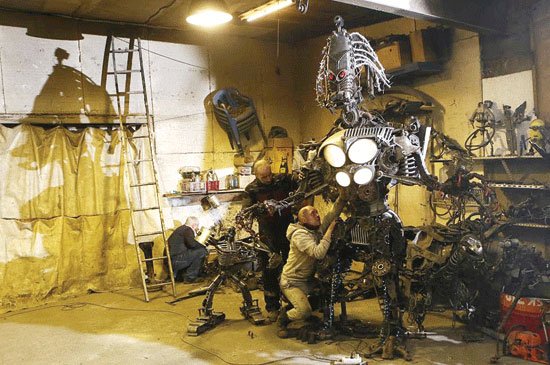Morpheus: Let me tell you why you’re here. You’re here because you know something. What you know you can’t explain, but you feel it. You’ve felt it your entire life, …
knowledge accelerator
It could be the plot of a futuristic movie. Yet it is an idea for the organized devaluation of (also) intellectual labor. Not “sector by sector,” but as a general …
nanotechnologies: some known unknowns…
The results of the research published online on May 6 in the Journal of Physical Chemistry C could constitute a major issue for broader disclosure: the characterization as a “public …
genetic sins
Although the mapping of (still only a tiny fraction of) human DNA and the DNA of other species may not deliver the magical gene correlations and “solutions” desired by marketers …
the fourth example(;): the mechanical mediation of scientific thought
The term “Paradigm,” along with its companion “Paradigm Shift,” since first appearing in Thomas Kuhn’s classic book on the structure of scientific revolutions, has undergone not only the expected criticism, …
mites
These are images that only an electronic eye (an electron microscope in this case) could show us. And you will feel great disgust as soon as you learn what they …
“free” as in “free software”: a small tribute to free software
When it comes to the consumption and use of electronic products/goods, one can often observe phenomena of fandom among their users/consumers. The battle over which is the best mobile phone …
farmers in offices
What urban farming? That’s old news. Let’s go for office farming! The Japanese company Pasona group, which specializes in providing advice on personnel selection and management and work organization, offers …
Alien Aggressor
The Russian engineer and welder (old specialty…) Sergei Kulagin (right) and his friends are assembling a robot they have baptized “Alien Aggressor”, a beast 3 meters tall and weighing 600 …
robotic reserve 2
We wrote about this robotic horse (LS3 model) a year ago (cyborg 2, b&g page 59) mocking (what else?) the American soldiers who, in case of malfunction, would have to …
paper reality
Early November 2015, 1.2 million subscribers of the print edition of the New York Times received, along with their newspaper, the cardboard construction shown in the image. Some of them …
thalidomide
Thalidomide was introduced in 1957, first in West Germany, as a harmless tranquilizer by the pharmaceutical company Chemie – Grünenthal. The sedative was specifically advertised (among other things) to pregnant …












